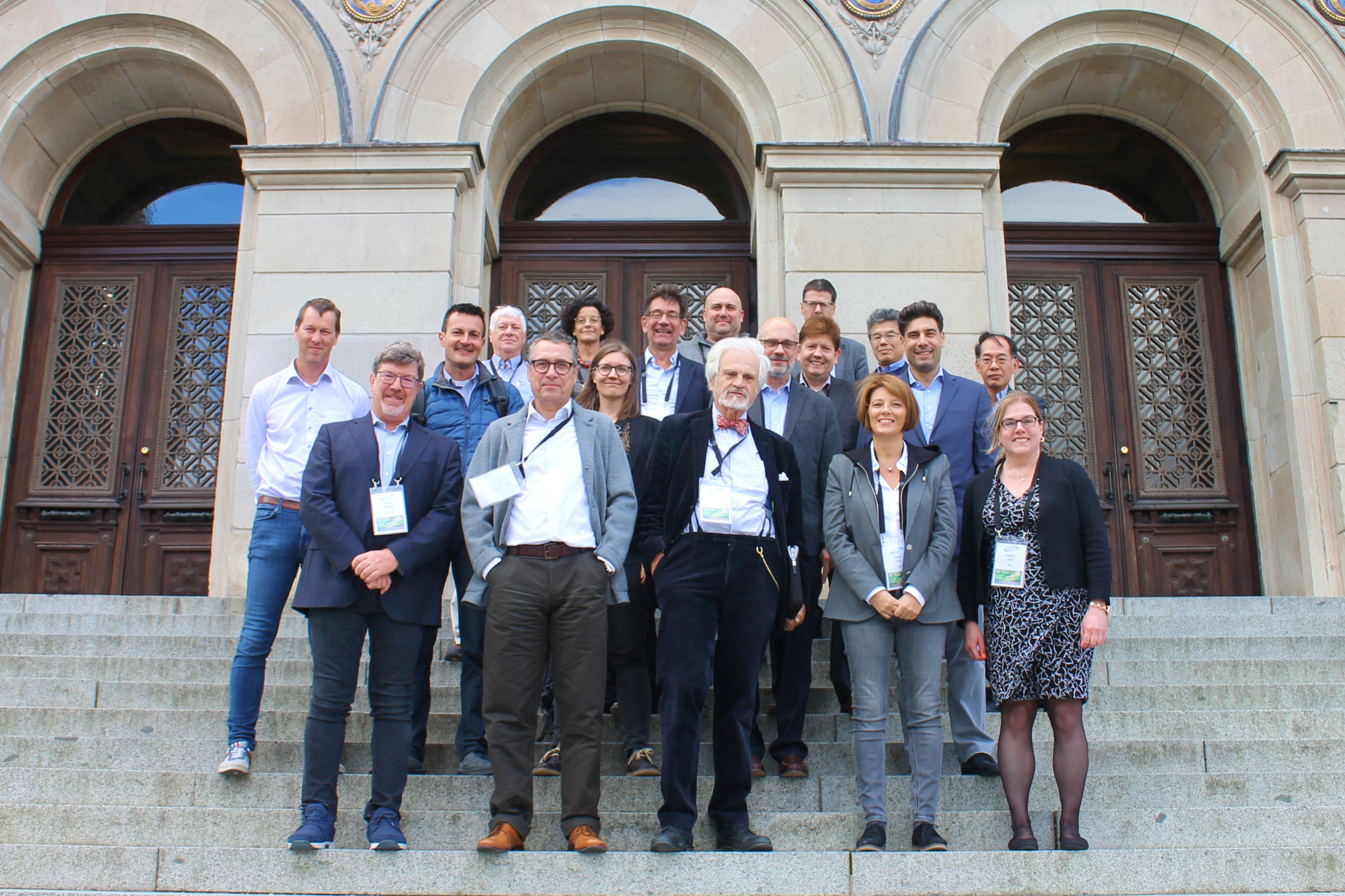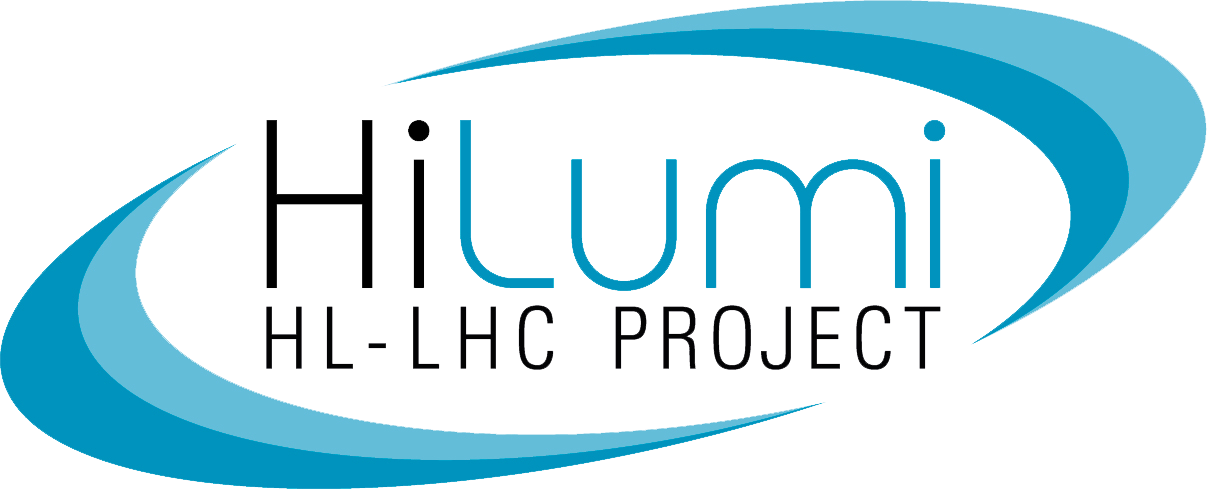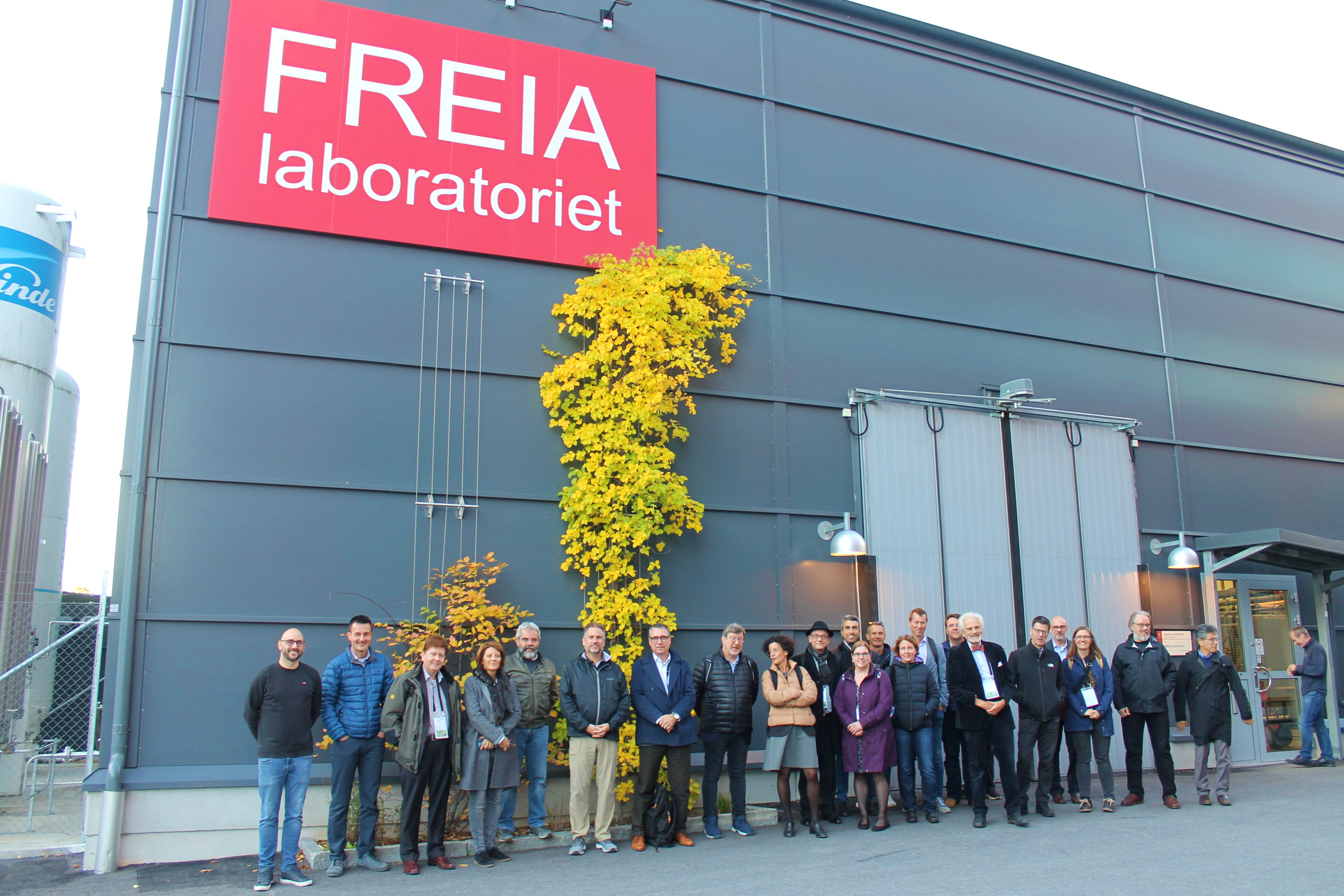Following the completion of the second Long Shutdown (LS2) and the successful re-start of CERNs accelerator complex for its 3rd operational run, efforts at CERN and across the High-Luminosity collaboration are now focusing on the series production of all project deliverables in view of their installation and validation in the LHC tunnel as of the start of LS3 in 2026.
After two years of online meetings, more than 150 collaborators from around the world could finally meet again in person for this year’s 12th annual HL-LHC collaboration meeting. This year’s meeting was hosted by Uppsala University in Sweden, offering a splendid setting and facilities for the five days of plenary and parallel sessions as well as an additional satellite meeting that concluded the meeting on Friday the 23rd of September.
Despite the challenging period of sanitary restrictions across the world, the progress of the project and all collaborating partners has been truly impressive, and many important milestones have been completed in this past year. Production and testing of AUP’s (the Accelerator Upgrade Programme) Nb3Sn triplet quadrupoles continuous, including a very successful endurance test of a series magnet demonstrating reliable long-term operability of this novel magnet technology. The completion and horizontal cold test of the first full cryostat at the end of the year will mark another important milestone of the collaboration. CERN is testing with very encouraging results the third prototype of the long version of the inner triplet quadrupole magnets. At CIEMAT, the second, long version of an innovative nested-coil corrector magnet is being completed before being shipped to CERN for cold tests, while their industrial partner Elytt Energy has successfully commenced series production of the short corrector version. The first prototype of the D2 separation and recombination dipoles built in Italy and the associated CCT corrector magnets from China have been joined in their common cryostat and are being prepared for cold tests at CERN, shortly to be followed by the D1 prototype magnet currently on its way to CERN from Japan. The UK collaboration is completing the assembly of the first full cryomodule with RF dipole crab cavities delivered by CERN. The module is expected back at CERN in early 2023 to prepare it for tests with beam in the SPS. The first superconducting link cables and cryostats from industry are being assembled into the first complete powering system, due for final validation in mid 2024 before integrating the Inner Triple String test which is under construction in full swing in CERNs test facility of SM18. All the new equipment is already eagerly awaited by the new underground caverns and surface buildings of the HL-LHC project, which will be fully completed and delivered to CERN by the end of this year.
Discussions did not only take place during the plenary and parallel sessions, but were lively continued during coffee, a common lunch or dinner, the visit of the FREIA laboratory and the banquet being hosted by Stockholm’s student nation in Uppsala. This allowed new and old relationships to be fostered on a non-technical level as well, making the collaboration meeting a truly successful and enjoyable event for all!
The progress of the project was also acknowledged at the meeting of the Collaboration Board, which is responsible for synchronising the work between the different institutes involved in the HL-LHC project. The meeting was chaired for the last time by Tord Ekelöf, who after three years as chairman of the board will be succeeded by the newly elected chairman Philip Borrows from Oxford University.

We would like to take this opportunity to thank Tord for his excellent work as a CB chair and to him and the entire team at Uppsala University and the FREIA lab for hosting this memorable and long-awaited gathering of the collaboration by its Swedish partner!
By Oliver Bruning & Markus Zerlauth
Photo collection of the 12th HL-LHC Collaboration Meeting: link
Photo collection of the FREIA Lab visits: link


